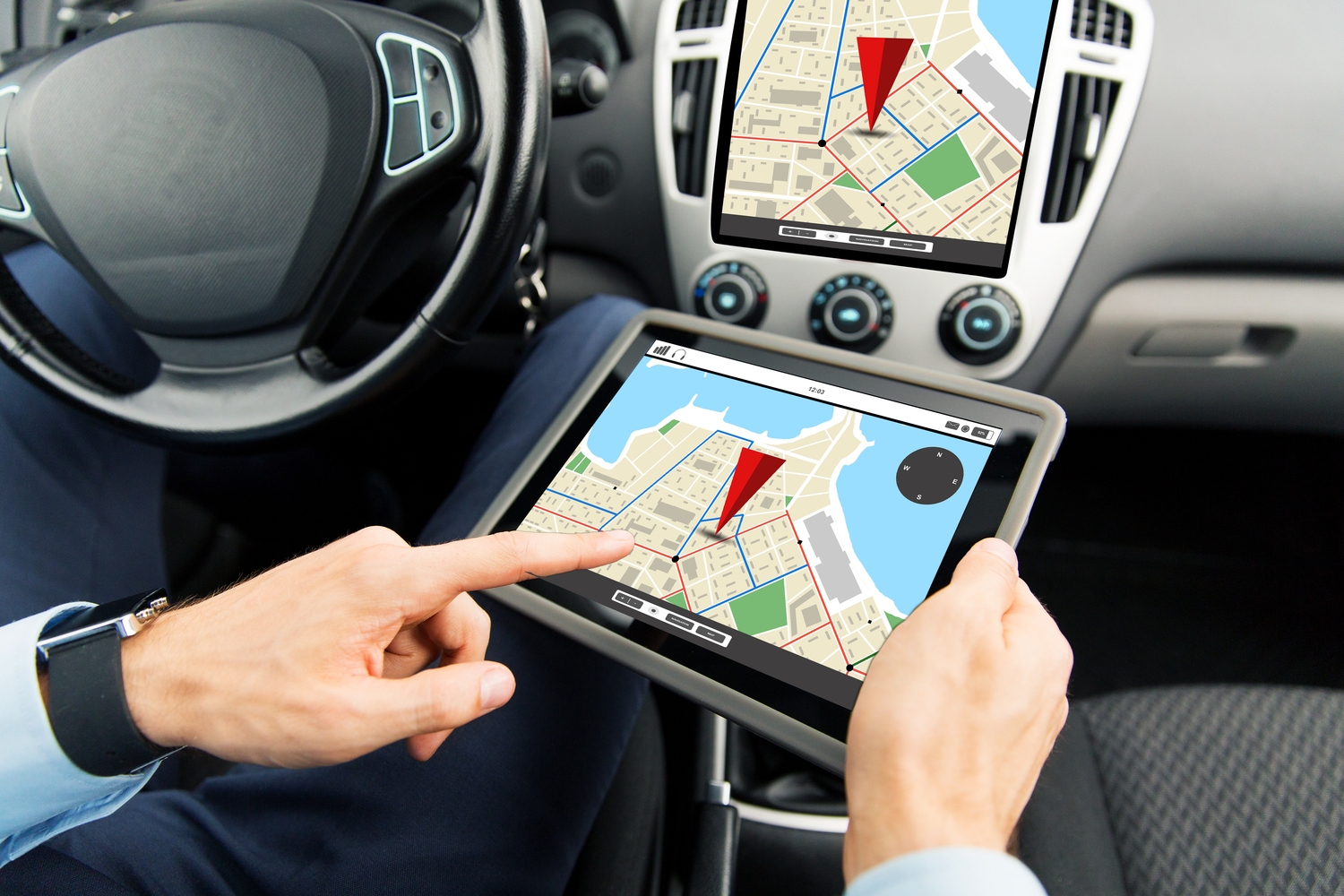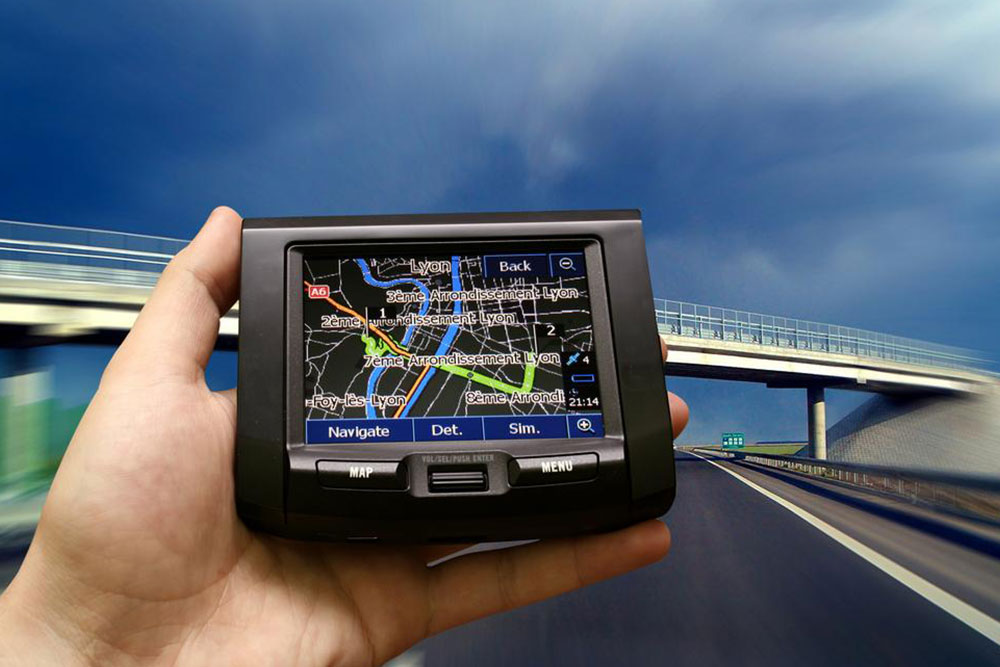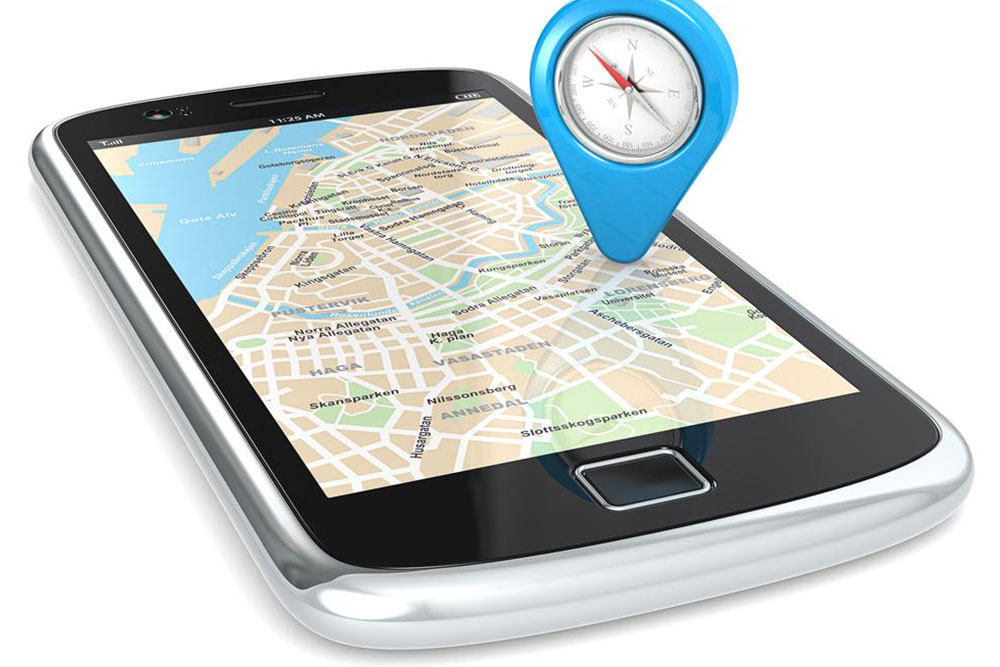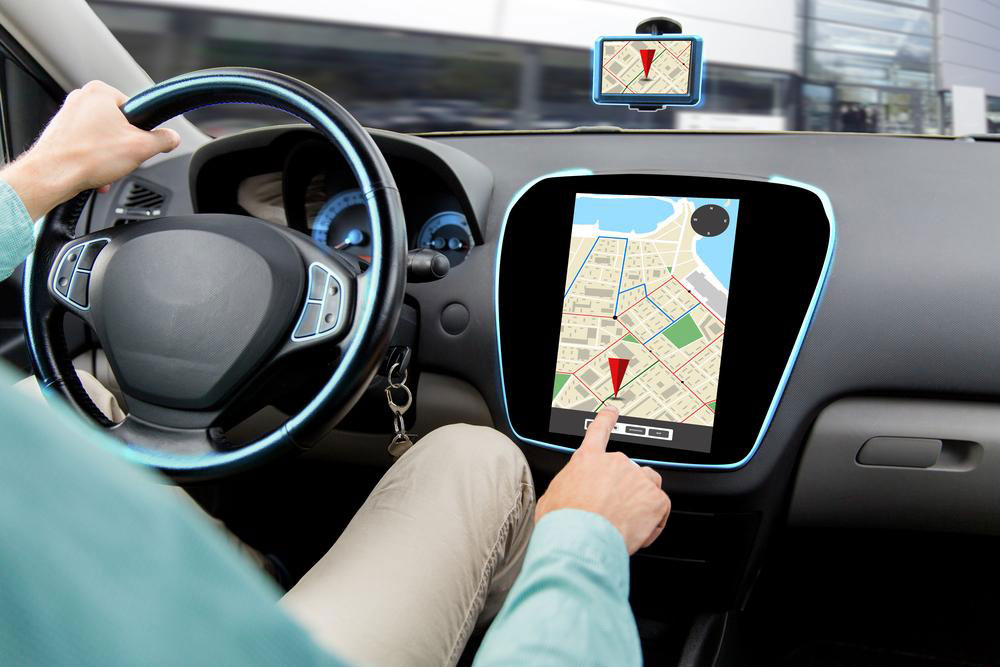Revolutionizing Travel: The Complete Guide to Advanced In-Car GPS Navigation Systems
Explore the revolutionary features of advanced in-car GPS navigation systems, including their core components, real-time traffic updates, and how they optimize driving safety and efficiency. Discover how these systems have transformed modern vehicle navigation with seamless integration, voice-guided directions, and dynamic route planning, making every journey smoother and more reliable.

Revolutionizing Travel: The Complete Guide to Advanced In-Car GPS Navigation Systems
In today's fast-paced world, reliable and efficient navigation systems have become an essential component for drivers seeking convenience, safety, and time-saving routes. Modern vehicles are increasingly equipped with sophisticated GPS navigation systems that transform the driving experience. These advanced systems utilize cutting-edge satellite technology combined with intelligent routing algorithms to provide real-time directions, traffic updates, and route optimization. This comprehensive guide explores the core features, components, and benefits of the latest in-car GPS navigation technology, helping drivers understand how these systems enhance everyday travel and ensure safer journeys.
GPS technology has revolutionized navigation, turning traditional maps and paper directions into dynamic digital guidance tools. As smartphones and dedicated in-car systems continue to evolve, their functionalities expand to include voice commands, real-time traffic alerts, and even integration with other vehicle systems. Whether you're commuting to work, embarking on a road trip, or exploring unfamiliar cities, state-of-the-art GPS systems are vital tools that streamline your journey, reduce stress, and increase safety on the road.
Key technological components work seamlessly behind the scenes to deliver accurate positioning and efficient routing. These components include high-precision antennas, advanced sensors, vast digital map databases, and intelligent processing units. Together, they form a complex yet user-friendly network designed to guide drivers precisely from point A to point B. Here, we'll delve into each of these components in detail, explaining their roles and how they harmonize to create a superior navigation experience.
The foundation of any reliable GPS navigation system is the GPS antenna, which receives signals from a constellation of orbiting satellites orbiting the Earth. These signals are then used to determine the precise location of the vehicle by triangulating the signals received from multiple satellites. This positioning data forms the core of navigation, providing real-time latitude and longitude coordinates that are mapped onto digital maps.
Alongside the antenna, other sensors play crucial roles in enhancing accuracy. The direction sensor, also known as a compass or heading sensor, tracks the vehicle's current heading direction, ensuring the system understands whether the car is moving north, south, east, or west. This data is vital for maintaining orientation, especially when GPS signal quality fluctuates or in urban environments with signal obstructions.
The speed sensor measures the vehicle's current velocity, which aids in estimating arrival times and updating routes accordingly. When combined with satellite data, speed and direction sensors help create a dynamic picture of the vehicle's real-time status, ensuring the navigation system can provide timely and accurate guidance.
The visual interface of a GPS system typically features a high-quality display screen that presents detailed routing information. This screen shows a comprehensive map with the current location marked, along with suggested routes, landmarks, and points of interest. The integration of map data with satellite signals and sensor inputs results in precise positioning, which is crucial for accurate navigation and effective route planning.
The central processing unit within the navigation device synthesizes all incoming data, comparing it to an extensive geographical database to determine the most efficient route. It calculates estimated travel times, considers current traffic conditions, and provides turn-by-turn instructions. This real-time processing capability makes modern GPS navigation systems invaluable for avoiding delays and optimizing travel paths.
Beyond simple location tracking, these advanced systems offer comprehensive route planning functionalities. They continuously analyze real-time traffic data to identify congestion zones and suggest alternate routes, ensuring drivers reach their destinations as quickly and smoothly as possible. This capability is achieved through the integration of multiple data sources:
Road network and connection information which provides the framework of possible routes
Background geographic data such as rivers, terrain features, and contours that help contextualize the environment
Detailed site information, including building names, landmarks, and street addresses
Up-to-the-minute traffic and incident reports from authorities, other drivers, and automated systems
One of the standout features of these systems is voice guidance. Voice prompts help drivers navigate complex intersections, make lane changes, and identify upcoming turns without taking their eyes off the road. The background geographic data ensures instructions are accurate and contextually relevant, covering everything from city streets to rural pathways. Additionally, real-time updates keep drivers informed about unexpected traffic jams, accidents, or road closures, allowing for proactive rerouting that minimizes delays and stress.
In conclusion, advanced in-car GPS navigation systems represent a major technological leap forward in the realm of vehicle travel. They combine satellite signals, sensor inputs, extensive digital maps, and intelligent processing to offer precise, real-time guidance tailored to each journey. These systems significantly enhance driver safety, reduce travel time, and elevate the overall driving experience by making navigation more straightforward, reliable, and user-friendly. As technology continues to evolve, future iterations promise even greater integration with smart vehicle systems, autonomous driving capabilities, and augmented reality features that will further transform the way we navigate our roads.




